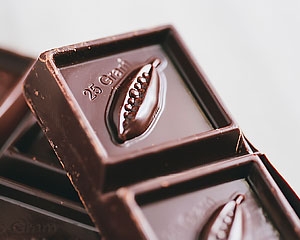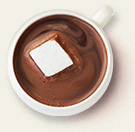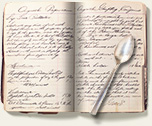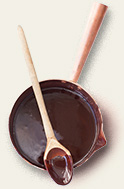Chocolate Tasting
Whether a blend or a single origin, every chocolate bar has it's own set of unique flavors.
Every bean has unique flavors that are generated based on a variety of factors: where they're grown, the soil conditions, weather patterns, and genetics. But, the flavors you experience when tasting chocolate come not just from the bean itself; post-harvesting techniques (like drying and fermenting methodologies) as well as manufacturing processes (like roasting temperatures and conch times) are also responsible for the subtle nuances of a fine chocolate.
Learning how to taste chocolate and pick up on these subtle details will ensure that you can enjoy the full and complex flavors imparted in every bite.
LOOK
Place bars on a white background & compare color. Some might be a dark red while others may be a light brown.
LISTEN
Break off a small piece and listen for a “snap!” You can tell chocolate’s temper by it’s snap. Temper is achieved during the manufacturing process when the chocolate is cooled down before being molded or deposited.
SMELL
Take a good whiff and note any unique aromas. Fruity? Nutty? Sweet?
EAT
Melt the chocolate between your tongue and the roof of your mouth. Is it smooth?
BREATHE
Close your mouth and breathe through your nose, taking note of the progression of the flavors.






